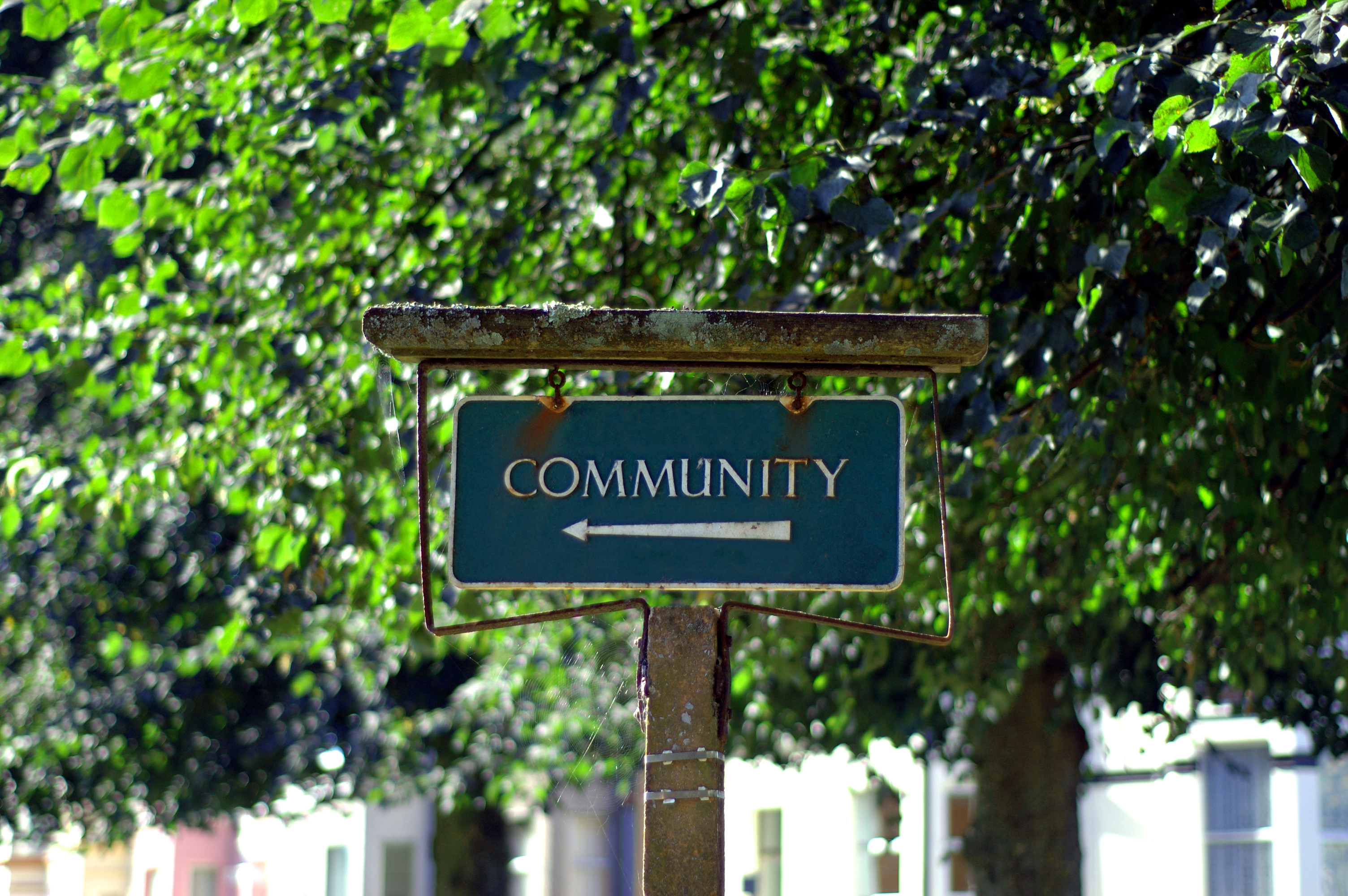The key to inclusive place based economic growth?
The principle of Business Improvement Districts (BIDs) is pretty straightforward, and the legislation in Scotland is flexible enough to ensure that pretty much anyone can create and act on a BID-based idea. There are currently over 30 live BID projects in Scotland, with BIDs Scotland stating in their latest annual report that they believe this number could almost double to 65 by the end of 2017 if upcoming and scheduled BIDs are also taken into account. The report found that, despite continuing tough economic conditions, there appears to be little evidence of a decline in interest in the BID model. If anything, more people are turning to BIDs as a way of improving local high streets using limited local funds, private investment from local businesses, and other local assets.
BIDs themselves can be seen as a cross section – a mix of the entire economic ecosystem of a place. They can encompass economic, business, local, political and social elements and bring them together in a strategic way to build revenue to support the different aspects of the BID area, including aesthetics, security and commerce. They are locally developed, locally managed, locally financed and locally delivered, giving a sense of authenticity which is becoming increasingly popular among consumers. This popularity is evidenced by the successful renewal of all of the BIDs in Scotland who have gone to reballot to date, with many actually increasing their majority in favour of the BID model.
Collaboration and embedding BIDS within their local communities
As BIDs have been developed, and new models, partnerships and ways of co- operating have been established, BID coordinators and councils in particular are thinking about how to ensure the legacy of the BID within their locality and, more importantly, how to ensure that the economic benefits of the BID are felt across the BID area, not just within the businesses.
This area-wide benefit can be created by for example, re-investing money in security, street lighting, Christmas lights, and flower baskets to improve the feel and aesthetics of a place – actions which are commonplace in BID areas. However, there are some who feel that BIDs could and should go even further in increasing their social value within a community, while not losing sight of the interests of levy payers. This balance, which requires recognition of the wider roles and responsibilities of BIDs, is something which will have to be carefully managed by BID managers in order to ensure that BIDs do not try to do too much, but at the same time act in a way which makes them a key part of their local community and economy. It is an interesting and, at times, difficult place for progressive BIDs to be.
In many areas, BIDs have provided an opportunity for increased community development, and it has been suggested that there could be a formal role for BIDs to play in the wider community development partnerships within localities. BIDs are now being developed to sit alongside existing community anchor bodies, helping to create strong local partnerships and independent communities.
Through collaboration and co-ordination, BIDs are working alongside other services and organisations to help develop sustained community empowerment, helping communities to lobby, providing work experience placements to local young people and acting positively in the form of events to promote increased community cohesion and empowerment, as well as continuing with “normal practice”- increasing footfall in their local area to benefit businesses.
Not all about the money
While generating additional income for the local economy is one of the biggest drivers of support for BIDs in communities, in some instances one of the biggest assets they bring to a community (especially once they are firmly established) is their leverage and collective bargaining power. They have the power to campaign and support other groups in the community on issues that are important to them, as well as offering greater bargaining power with local authorities or other businesses.
As well as commitment to the levy payers’ interest and to improving the local area for people living nearby, another of the potential roles of BIDs is not to act as direct income generators, but as catalysts or facilitators, to encourage new investment and wider growth beyond the BID area – to engage strategically with other partners to encourage investment.
Where next for BIDs
As we have already seen, the flexibility of the BID model in Scotland (there are some legislative differences in England) is such that groups may only be limited by their own ambition. Currently Scotland has what is thought to be the world first food and drinks BID and the first tourism BID this side of the Atlantic. Another innovation is the Borders Railway BID, which seeks to maximise the collective benefit to businesses that are located along the railway route.
It has been suggested that the BID model could be used in a more flexible way to generate income for other public service projects, including the suggestion of a BID for health and a BID for schools. Although the intricacies of how these would work in practice are still being considered, there is much that can be taken from how the existing models use community empowerment, and engagement between the public, third and private sectors to create sustainable and inclusive local economic growth in an area.
As well as their commercial enterprising side, BIDs are also realising their potential as agents of community development and improvement beyond that of economic input. The future currently looks bright for BIDs, which will hopefully mean that it also looks brighter for our local communities.
Business Improvement Districts Scotland is the national organisation for BIDs in Scotland, providing support, advice and encouragement to business groups, communities and local authorities considering and developing a business improvement district.
BIDs Scotland held its Annual Gathering on 28th March 2017 at Perth Concert Hall with the theme of People – Place – Business: Business Improvement Districts – the key to economic growth.
Follow us on Twitter to see what developments in public and social policy are interesting our research team. If you enjoyed this article, you may also be interested in our other article on BIDs.
Information Service members can also access a research briefing on BIDs here (login required).
Share
Related Posts
A recent item on BBC Radio 4’s Today programme generated an unusually high number of responses from listeners. A man who had lost his job in the financial services sector at the age of 57 described his difficulty in trying ....
Tackling geographical inequalities is critical for ensuring that all parts of the country have the potential to prosper. When the UK was a member of the European Union, it was entitled to a share of funding from the EU’s structural ....
By Robert Kelk and Chris Drake A new start for an old challenge? The recent appointment of Marc Lemaître as the European Commission’s director general for research and innovation (R&I) has returned Europe’s R&I gap to the spotlight. Previously head ....
Across the world, two disruptive and powerful trends are taking hold: digitalisation and decarbonisation. At times, it seems as if these two forces are acting against each other, with digital technologies accelerating economic growth, but also consuming huge quantities of ....

